Shipping’s hidden overshoot problem is threatening the maritime energy transition
More green fuels are coming, but so is a larger global fleet causing shipping to overshoot its carbon budget. Can it be stopped? Discover looks at the incentives and regulations needed to reach net-zero emissions by 2050.
By Moritz Gathmann
At first glance, the outlook Anders Kryger paints for the maritime industry’s goal to reduce emissions isn’t all that optimistic: “Maybe we’ll reach net-zero CO2 emissions by 2050, but there’ll be a massive overshoot of emissions in the meantime.”
Over the past few months, Kryger, Principal Strategist at MAN Energy Solutions, has been analyzing the development of the maritime sector until 2050. There’s a clear message in the results: In order to meet the Paris Agreement goal of climate-neutrality by 2050, the International Maritime Organization (IMO) needs to set stricter regulations yesterday instead of today.
There will be a massive overshoot of emissions by 2030.
As the global fleet grows, so will emissions
“We’re long past the deadline,” says Kryger, who compares the goals to a bank account: “We know what the balance should be. But we’re drawing deficits each year. If CO2 develops as we expect, the balance will be -25,000 gigatons in 2050 compared to 2008, even if we hit net zero. And that’s a real driver of global warming!”
Kryger’s study shows that while we wait for international regulation to be passed there will be a twofold development. On one hand, driven by consumer demand and expected changes in regulation, the share of e-Fuels like ammonia, methanol and methane in shipping will grow steadily from the year 2030, which will reduce CO2 emissions. This is directly connected to the availability of technology: Engine producers like MAN Energy Solutions already offer engines based on methanol. And the first ammonia-fired engines will be available in 2024, which will make ammonia and methanol the most-used fuels by 2050.
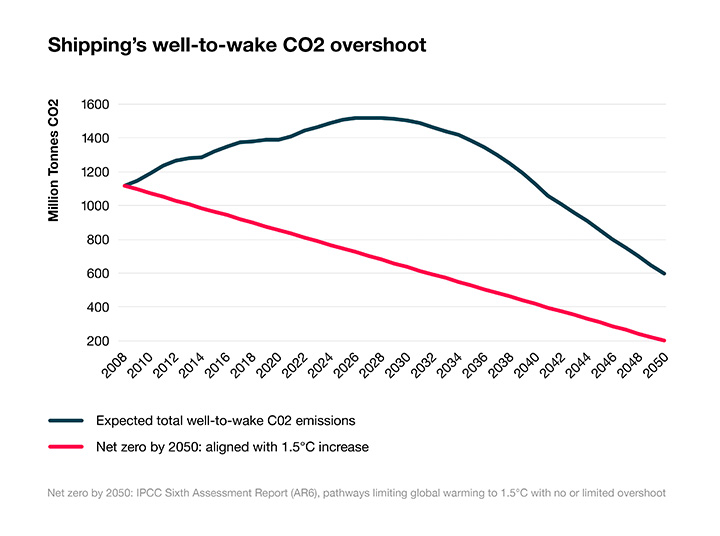
If shipping’s carbon emissions develop as expected, the balance will be -25,000 gigatons in 2050 compared to 2008.
But on the other hand, driven by international trade and economic growth, the fleet will grow by 60 percent over the next three decades, up from today’s 3 billion deadweight tonnes to over 5 billion in 2050. And although the well-to-wake emissions will start to drop by the end of this decade if regulation comes into force, the overall growth of the fleet will further add to the massive overshoot that Kryger is depicting. “The consequence will be that we won’t reach the main goal of the Paris Agreement: to limit global warming to 1.5 degrees,” says Kryger.
Minimize overshoot by increasing regulation
So what can be done? “Today, companies are doing all kinds of things that point to the right direction,” says Kryger, “but we need a more targeted approach, a common direction. And that’s only possible through regulation.”
The biggest challenge is to start acting now.
These regulations should come from the IMO itself, setting ambitious intermediate goals on the path to net zero by midcentury. Concrete measures could be carbon pricing or obligatory quotas for companies. “However we do it, we need to create a common drive,” says Kryger. “The challenge is to grow the global fleet while decarbonizing it.”
Newbuilding is on the right path, but needs further incentives to make a larger share of contracting dual-fuel engines, which build the basis for maritime shipping with synthetic fuels in the future. This year around 50 percent of MAN Energy Solutions’ new orders in the two-stroke business have been for dual-fuel engines – already a clear sign in the right direction. Decarbonizing the existing fleet, however, is a paramount challenge and requires special attention from lawmakers. MAN estimates that 2,300 vessels sailing the ocean today are appropriate candidates for a conversion to dual-fuel propulsion, resulting in saving as much as 86 million tons of CO2 emissions per year when fueled by carbon-neutral fuels.
The growing pressure on shipping to act
There’s rising pressure from public opinion for shipping to contribute their share in the common effort against climate warming: Today, the sector contributes around 2.5 percent to global emissions. And as the consequences of climate warming are getting more and more visible for people all over the world through extreme weather events, the industry can only expect the public pressure to continue to grow.
There are also more and more companies asking ship-owners about their emissions too – because they want to reduce the overall CO2 footprint of their products, including transportation. “That’s why we’re seeing a significant rise of inquiries from the shipping industry for engines with alternative fuels,” says Wayne Jones, Chief Sales Officer and member of the Executive Board of MAN Energy Solutions.
The technology is there. But the question is how we build up big enough production facilities.
Investing in green energy production and carbon capture
“The technology is there. But the crucial question is how we build up big enough production facilities for climate-neutral fuels,” says Peter Müller-Baum, Managing Director Engines and Systems at the Mechanical Engineering Industry Association (VDMA), Europe’s largest networking platform for the mechanical and plant engineering industry in Europe . “That means billions in investments. And companies will only invest if they understand there’s a market.”
Recently, VDMA and the German Shipbuilding and Ocean Industries Association (VSM) released a Power-to-X roadmap, detailing how shipping in Europe could stop emitting CO2 as early as 2045 – much quicker than currently being discussed by regulatory bodies, but perhaps still not quick enough if the current overshoot isn’t reduced by 2030.
Everybody wants green transport, but nobody wants to pay for it.
Power-to-X produces green fuels through electrolysis using renewables and is pivotal to decarbonizing shipping. But because it will take time to scale up production to reach the immense volumes required for the shipping industry, the industry will also need transition technologies put in place for the upcoming years.
Captain Richard von Berlepsch, Managing Director of Hapag-Lloyd's Fleet, which is planning to reduce its emissions by 60 percent until 2030 and already retrofitting some of its vessels to alternative fuels, agrees with Müller-Baum. In 2019, Hapag-Lloyd was the world’s first shipping company to convert a large container vessel to run on liquefied natural gas (LNG) – the 15,000 TEU vessel “Brussels Express”. And while the company’s focus is on biomethane and synthetic methane with dual-fuel engines, they can imagine e-Methanol or e-Ammonia being used in the future. “Technically, the solutions are there,” says von Berlepsch. “The shipping industry is ready to move, but we have to clarify the issue of availability of green fuels.“
“Today we’re still living in the age of burning cheap oil in our ships’ engines – and of course, e-Fuels are going to be more expensive,” says Müller-Baum.
Richard von Berlepsch adds: “The challenge is: Everybody wants green transport, but nobody wants to pay for it. Customers have to understand decarbonization won’t come at zero cost. They’ll have to pay their share as well.”
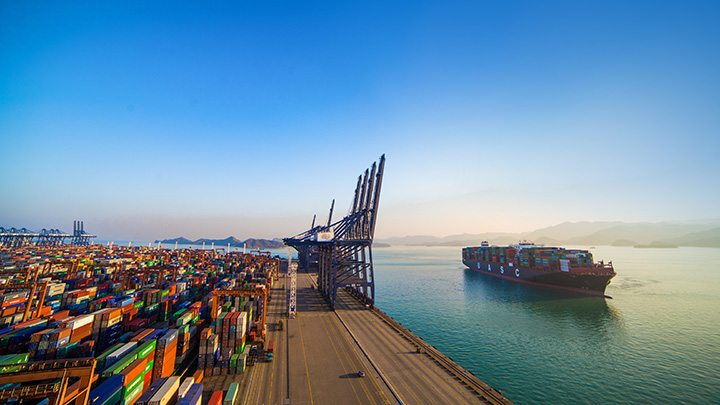
In 2019, Hapag-Lloyd was the world’s first shipping company to convert a large container vessel to run on liquefied natural gas (LNG) – the 15,000 TEU vessel “Brussels Express”.
Start by establishing green corridors
For Kryger, one step in the right direction could be to create “green corridors” from and to regions that are investing into the production of e-Methanol. For example, this could be the trade route between Amsterdam and Singapore or a transpacific corridor between Los Angeles and Shanghai. However, establishing green corridors like these requires public-private collaborations..
VDMA’s Müller-Baum is convinced that regional regulations could be a driver. “The EU could set strict regulations for its inner shipping industry. That will put the EU into the prime mover role and show the rest of the world that it works.”
“The technology is there“, says MAN Energy Solution’s Wayne Jones. “The biggest challenge is to start acting now.”
Shipping en route to Paris Agreement overshot
About the author
Berlin-based journalist Moritz Gathmann’s work has appeared in a number of media outlets, including Der Spiegel, the Frankfurter Allgemeine Sonntagszeitung and Zeit online.
Explore more topics
-
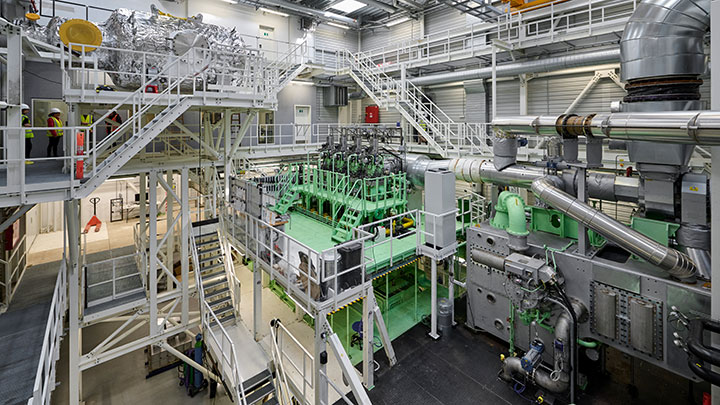
Ammonia engine testing
Engineers are developing a two-stroke, dual-fuel ammonia engine that can reduce a ship’s emissions to zero.
-
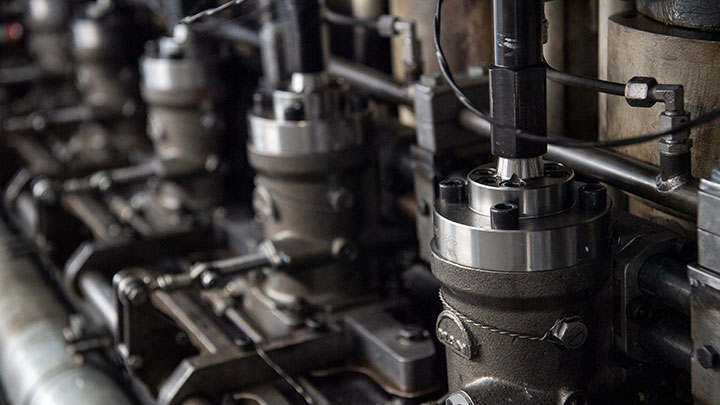
Methanol GenSet
Engineers in Denmark are making shipboard power low-emission with the developing of a four-stroke methanol engine.
-
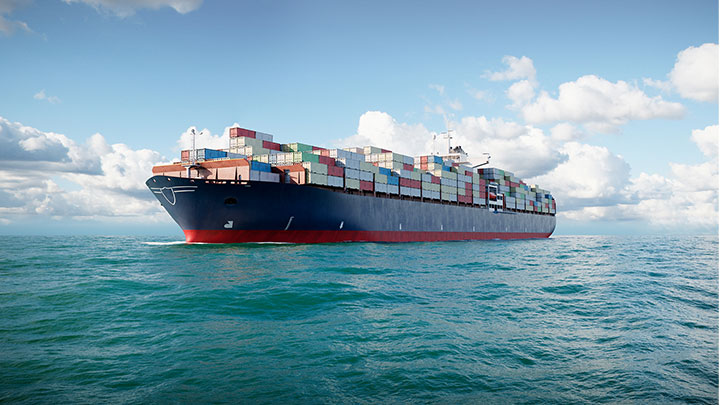
Shipping Decarbonization Study
With revised IMO targets, a new MAN Energy Solutions’ study looks at the best technological and financial options to decarbonize maritime transportation
-
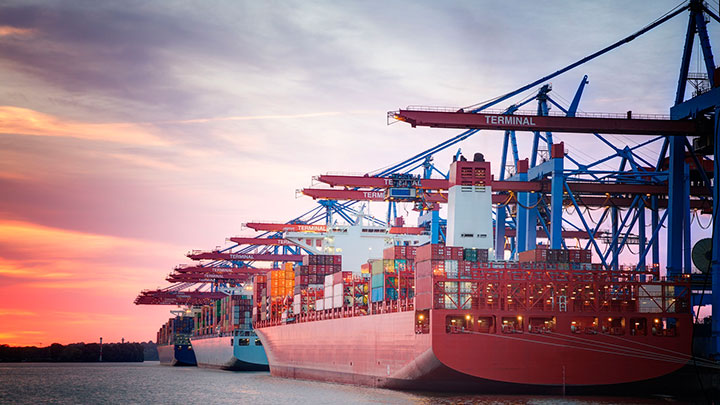
Upgrading your fleet for future fuels
MAN Energy Solutions experts on the climate impact and business case for converting ships to dual-fuel engine operation.
-
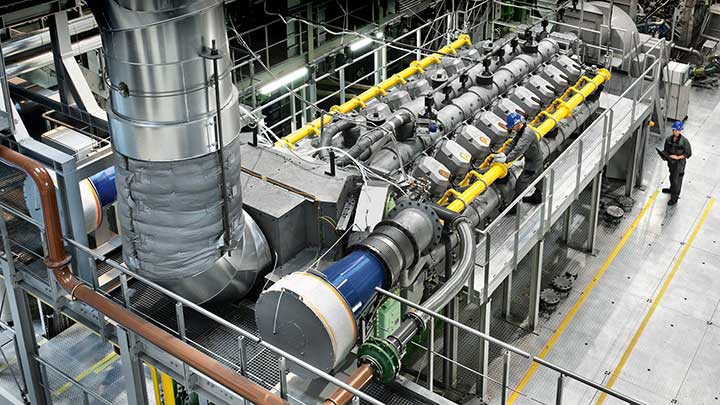
Buildung a hydrogen engine
MAN Energy Solutions expert Matthias Auer on developing hydrogen-capable, gas-fired engines for power plants.
-
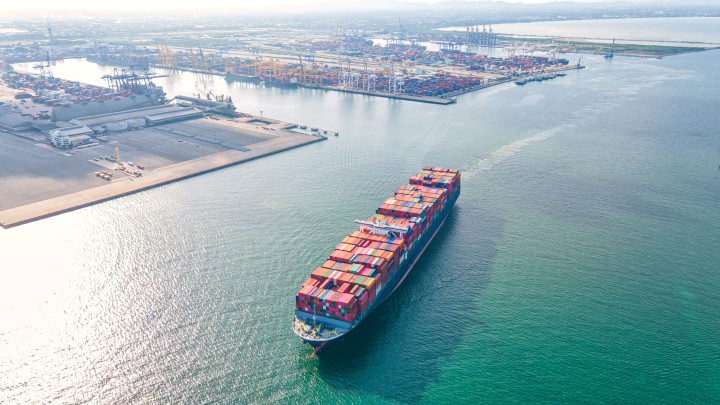
The route to climate-neutral shipping
Volker Quaschning, Johannah Christensen and Christopher Hebling address solutions to decarbonize maritime shipping with e-Fuels.
-
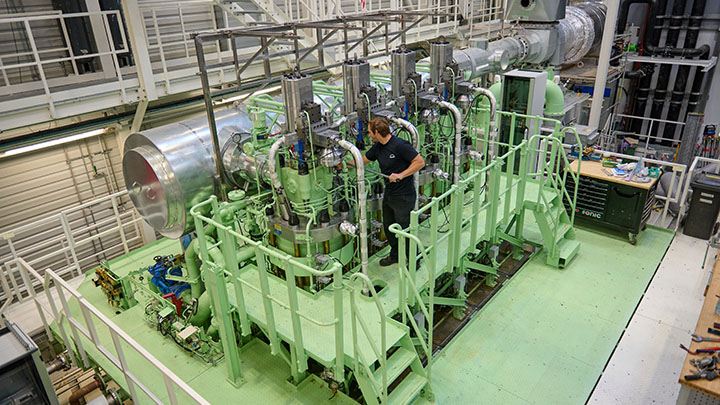
Making the maritime energy transition
The work being done on carbon-neutral engines at the Research Centre Copenhagen in Denmark is crucial for the maritime energy transition.
-
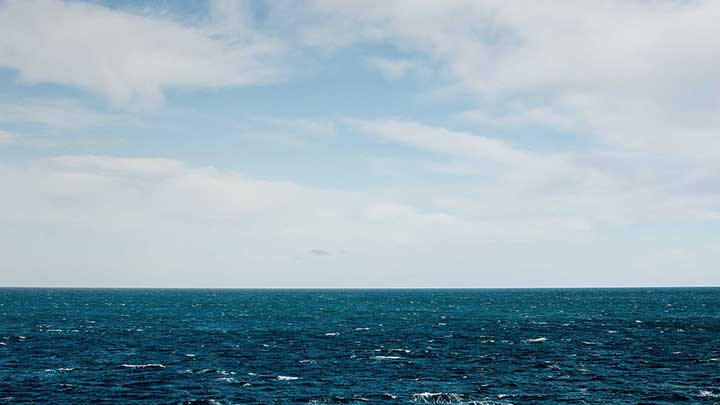
The benefits of methanol
What makes methanol so attractive for the maritime energy transition? MAN Energy Solutions fuel expert Kjeld Aabo explains.
-
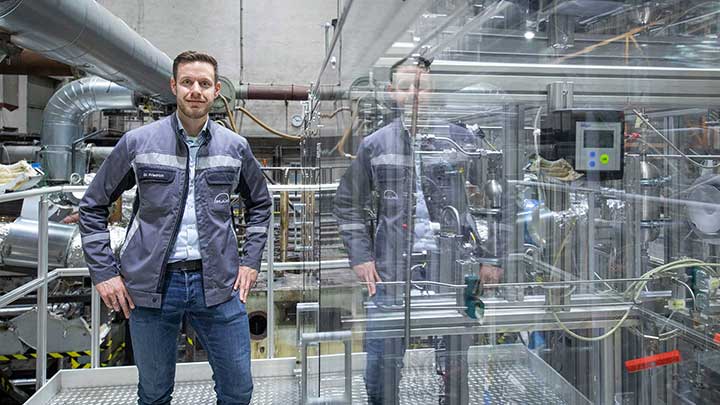
Designing the engines of the future
The time is ripe for the sustainable engine solutions of the future. Here’s how MAN engineers are developing engines running on green fuels.
-
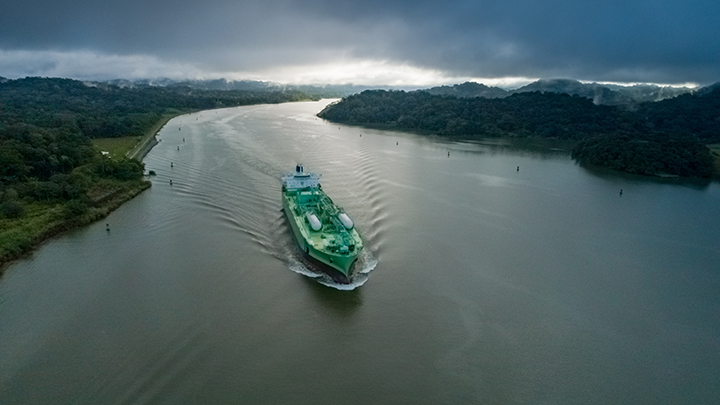
LPG makes waves in green shipping
Pontus Berg of BW LPG talks about retrofitting vessels with greener dual-fuel LPG engines.
-
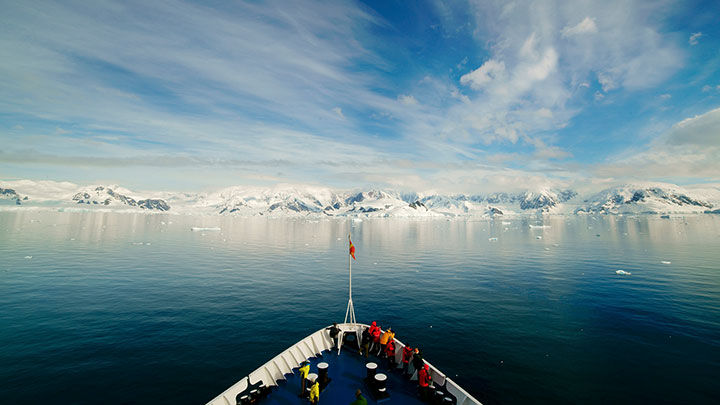
The cost of zero-emission shipping?
Global Maritime Forum’s Johannah Christensen on e-fuels, Covid-19 and a trillion dollar investment.
-
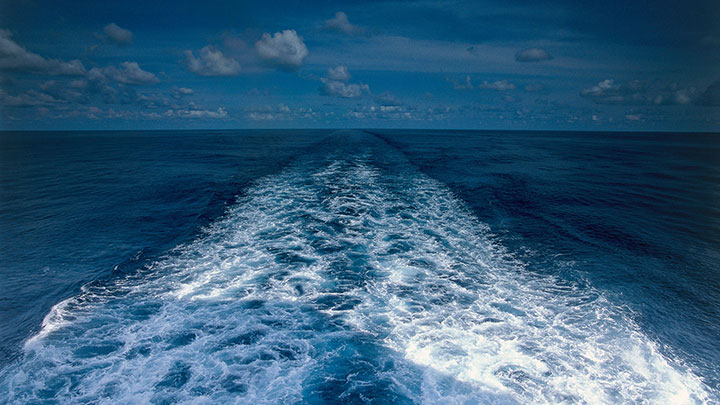
What the future holds for shipping
Can shipping halve emissions by 2050? We look at four scenarios with four very different outcomes.
-
Green ammonia production
MAN Energy Solutions is developing a fuel-flexible, two-stroke ammonia engine as a key technology in the maritime energy transition
-
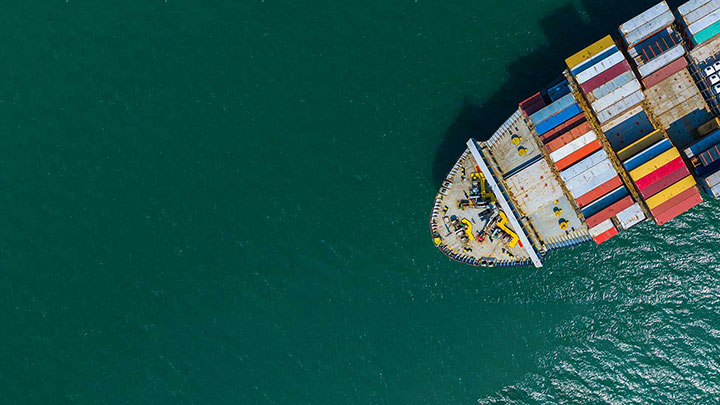
The case for two-stroke ammonia engines
Why newbuild and retrofit ammonia engines are key for the maritime energy transition.
-
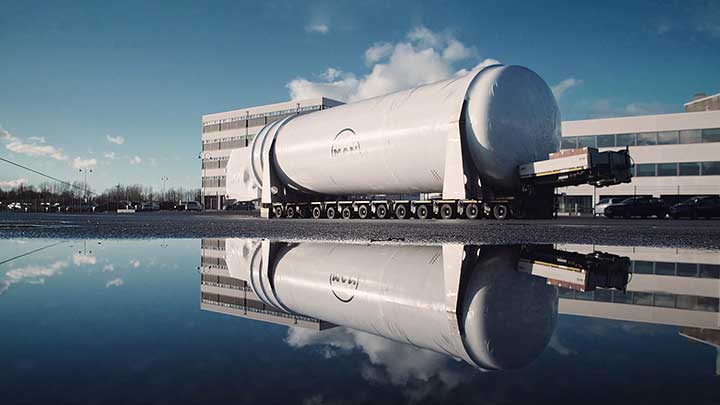
FROZEN – The world of cryogenic fuels
Meet the Swedish cryogenic-fuel experts that are having fun greenifying shipping
-

Climate change strategy for shipping
What ship owners, builders and regulatory agencies can do to cut emissions in shipping by 50 percent.
-
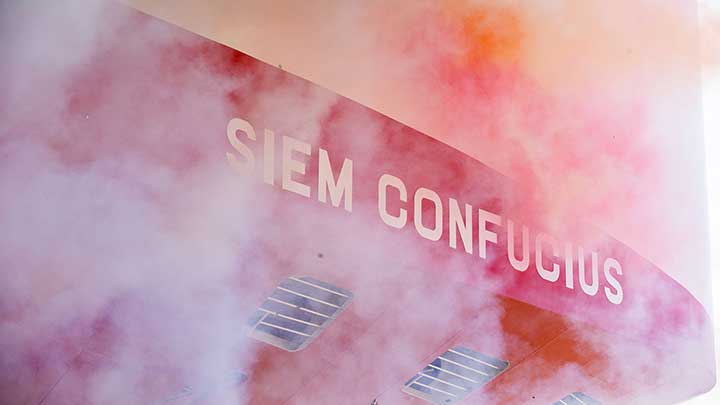
When cars cross oceans
200 meters long and 13 car decks high these new mammoth car carriers run on LNG.
-
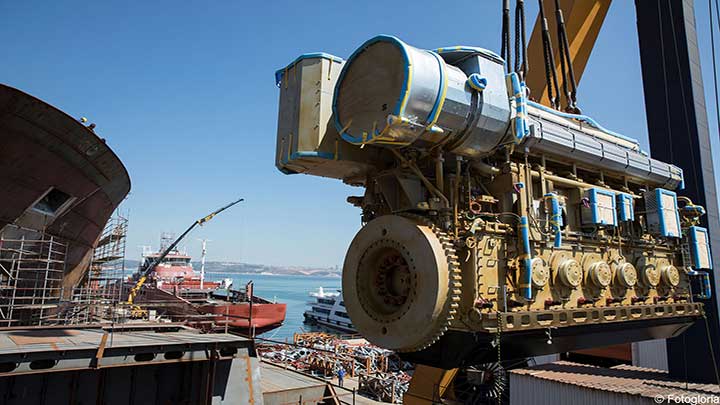
Climate-friendly engines go fishing
The first LNG-powered fishing trawler nets industry attention for its big emission reductions.
-
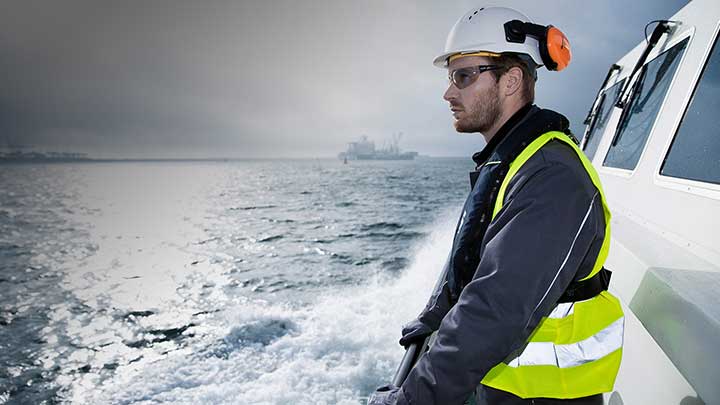
Setting sail for a sustainable future
The IMO sets targets for decarbonization. Here’s how marine shipping can help achieve climate goals.
-
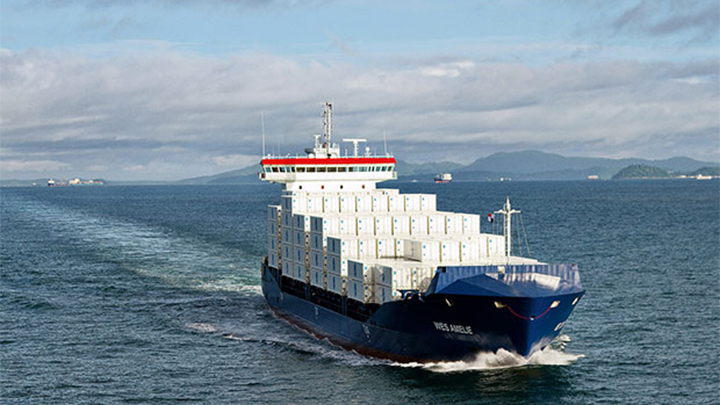
A roadmap to the green zone
The first container ship converted to LNG offers real insight into making the industry carbon-neutral.
